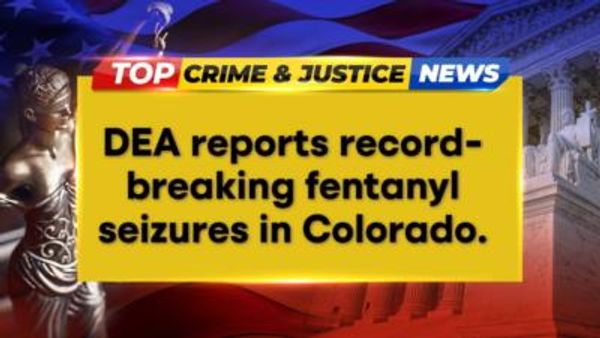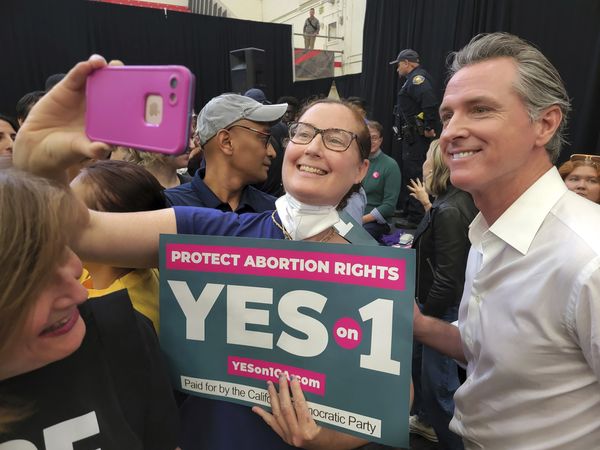The discount on fuel in Australia will end on September 29 when the government reinstates the fuel excise.
In March, the Morrison government made the call to halve the excise for six months to relieve cost of living pressures.
It meant the money we give to the government when filling up with petrol or diesel was halved from 44.2 cents per litre to 22.1 cents per litre.
So what's going to happen when we're back to paying full price?
The majority of Australians spend $60–$120 on fuel each week
A survey of over 1,000 people by asset finance broker Savvy showed 46 per cent of Australians spend between $91 and $160 to fill their tank.
And 17 per cent spend more than $191 per month on transport.
Drivers aged 35–44 were the age group most likely to spend more than $90 per week on fuel.
Younger drivers tended to spend less on fuel, with 14 per cent of 18–24-year-old drivers saying they either don't drive a car or mainly use public transport.
How have drivers dealt with rising prices?
Sabastian, who lives in Melbourne's eastern suburbs, has been using the car less and getting around with public transport.
Instead of driving to the train station to travel to his engineering job in the city, he now catches the bus to the station to save money.
Sabastian considers himself relatively lucky.
"Not everyone can rely on buses to get them to and from stations," he said.
"Not every part of Melbourne has accessible public transport."
The 29-year-old said extending the pause on the fuel excise would only delay the inevitable.
"I think the extending of the pause in the fuel excise … will maintain the status quo of people relying on their car to get around," he said.
"Our dependence on driving has led to the cost of fuel being an important part of people's budgets."
But fuel costs are about to go up
There have been calls for the government to extend the discount as Australians bear the brunt of inflation and interest rate increases.
But the Albanese government has remained firm that it will expire on September 28 as planned.
With the petrol component of the fuel excise bringing in $5.8 billion per year, Treasurer Jim Chalmers said the cost to the budget was too great.
"The fastest growing area of government spending in the budget is actually servicing the debt that we've inherited because as interest rates rise, it becomes more expensive to pay that back," he said.
Nevertheless, the treasurer has written to the Australian Competition and Consumer Commission (ACCC), asking it to increase its monitoring of fuel retailers from September 28.
The ACCC publishes monitoring reports on petrol retailers but it doesn't have the power to set prices.
How is the cost of fuel determined?
According to the ACCC, it depends on a combination of factors, including:
- Changes in international benchmark prices
- The value of the Australian dollar against the US dollar
- Levels of competition in different areas
- Pricing decisions by wholesalers and retailers
The price of fuel is not regulated in Australia — it was actually deregulated in 1998, leaving wholesalers free to set their own prices.
Retailers have employed deliberate pricing policies called price cycles, which are not related to changes in the wholesale cost.
As the ACCC points out, in a price cycle, the cost of fuel steadily goes down for a period before a sharp increase.
The duration of the cycle varies, but in most capital cities in 2019 it ranged from 13 days to 38 days.






